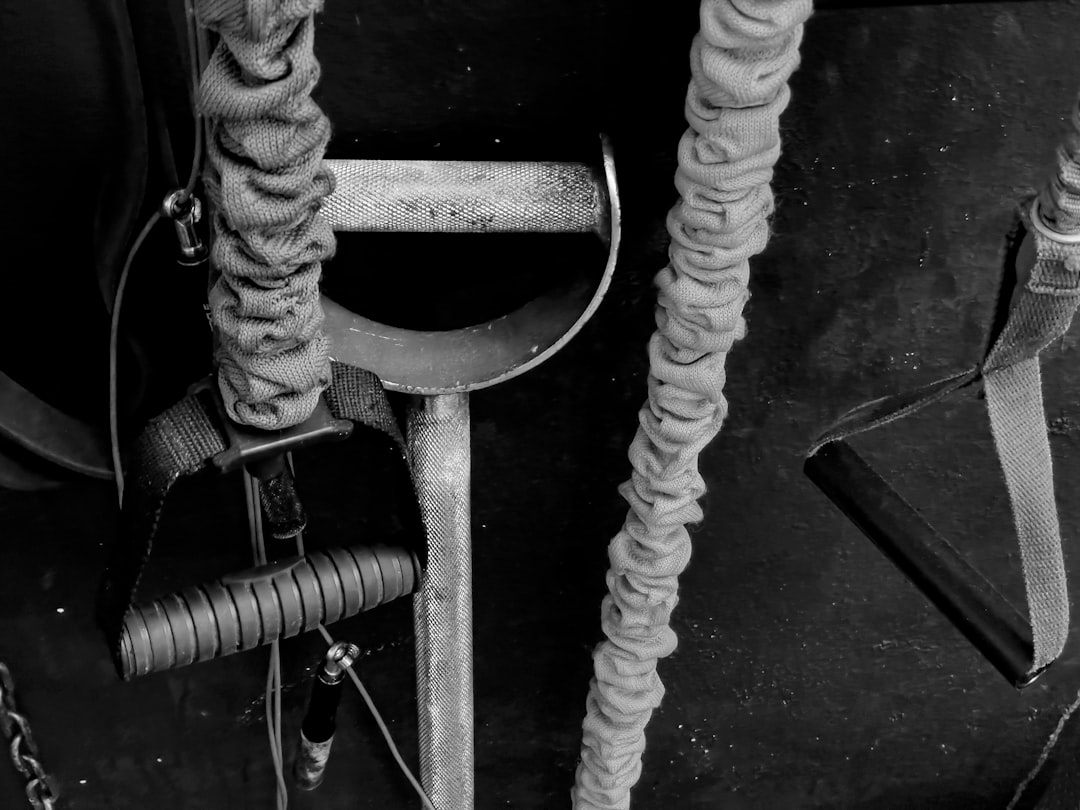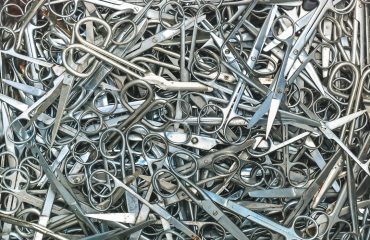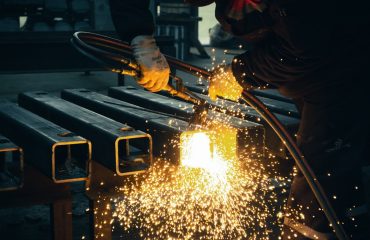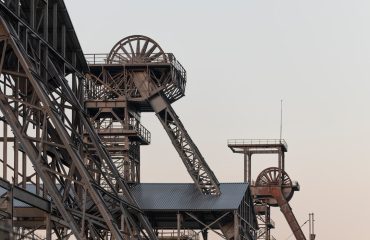Pipe bending and straightening are crucial processes in numerous industries, from construction and manufacturing to plumbing and oil and gas. Whether you’re working with steel, copper, aluminum, or PVC, understanding the techniques and tools involved is essential for achieving accurate, durable results. This comprehensive guide explores various solutions for both bending and straightening pipes, helping you choose the best approach for your specific needs.
1. Choosing the Right Pipe Bending Method
The optimal method for bending a pipe depends on several factors: the pipe’s material, diameter, wall thickness, desired bend radius, and the number of bends required. Several common methods exist:
- Manual Bending: Suitable for smaller diameter, thinner-walled pipes, manual bending involves using hand tools like pipe benders or spring-loaded benders. This method is relatively inexpensive but labor-intensive and may not be suitable for large-scale projects or complex bends.
- Hydraulic Bending: This method uses a hydraulic press to bend pipes, offering greater precision and control, especially for larger diameter pipes and tighter radii. Hydraulic benders are ideal for achieving consistent bends in various materials.
- Rotary Draw Bending: This advanced technique uses a rotating die to pull the pipe through, creating a smooth, consistent bend with minimal wall thinning. It’s commonly used for high-precision applications and complex shapes.
- Roll Bending: Roll bending machines use three rollers to gradually bend the pipe. This method is excellent for long, continuous bends and is often used in large-scale industrial applications.
- Flame Bending: This method uses heat to soften the pipe locally, allowing for easier bending. While effective, flame bending requires careful control to avoid overheating and damaging the pipe.
Careful consideration of these methods and their limitations is crucial for selecting the most appropriate technique for your specific project.
2. Addressing Pipe Straightening Challenges
Pipes can become bent or dented during transport, installation, or due to external forces. Straightening bent pipes requires careful consideration to avoid further damage. Several methods exist:
- Manual Straightening: For minor bends in smaller pipes, manual straightening using hammers and mallets may be sufficient. This method requires skill and precision to avoid kinks or cracks.
- Hydraulic Press Straightening: Similar to hydraulic bending, a hydraulic press can apply controlled force to straighten bent pipes. This is effective for larger pipes and more significant bends.
- Three-Roll Straightening: This method uses three rollers to gradually straighten the pipe by applying controlled pressure. It’s an effective method for straightening long lengths of pipe with multiple bends.
- Specialized Pipe Straightening Machines: For complex bends or large-scale operations, dedicated pipe straightening machines offer precise control and automation. These machines are commonly used in industrial settings.
The choice of straightening method depends heavily on the severity of the bend and the pipe’s material and dimensions. Overly aggressive straightening can weaken the pipe, so caution is necessary.
3. Essential Tools and Equipment
The tools and equipment required for pipe bending and straightening vary depending on the chosen method. However, some common tools include:
- Pipe Benders (Hand and Hydraulic): These tools are crucial for creating bends in pipes of various sizes and materials.
- Hydraulic Presses: Essential for both bending and straightening larger diameter pipes.
- Roll Bending Machines: Used for creating long, continuous bends or straightening pipes.
- Pipe Wrenches and Clamps: Used to secure the pipe during bending or straightening processes.
- Measuring Tools (Tape Measures, Calipers): Essential for accurate measurements and ensuring precise bends.
- Safety Gear (Gloves, Eye Protection): Always prioritize safety when working with pipes and heavy machinery.
Investing in high-quality tools is crucial for achieving accurate and durable results, minimizing the risk of damage to the pipe or injury to the operator.
4. Material Considerations for Pipe Bending and Straightening
Different pipe materials exhibit varying levels of ductility and malleability, impacting the feasibility and techniques used for bending and straightening. Key material considerations include:
- Steel: Steel pipes require more force to bend and may require preheating for larger bends or to avoid cracking.
- Copper: Copper is relatively malleable and can be bent using various methods, including manual bending. However, excessive bending can work-harden the copper, reducing its ductility.
- Aluminum: Aluminum is relatively easy to bend but susceptible to creasing if not handled carefully. Proper lubrication can help prevent this.
- PVC: PVC pipes require specialized techniques and tools as they are brittle and prone to cracking under excessive force. Heating may be necessary for larger bends.
Understanding the material properties is vital for selecting the appropriate bending and straightening techniques and minimizing the risk of material failure.
5. Safety Precautions and Best Practices
Safety should always be the top priority when working with pipe bending and straightening equipment. Essential safety precautions include:
- Proper Training: Ensure all personnel involved are adequately trained in the safe operation of the equipment and techniques.
- Personal Protective Equipment (PPE): Always wear appropriate PPE, including safety glasses, gloves, and hearing protection.
- Machine Guards: Ensure all moving parts of machinery are properly guarded to prevent accidental contact.
- Emergency Procedures: Establish and practice emergency procedures in case of equipment malfunction or injury.
- Regular Inspection: Regularly inspect equipment for wear and tear and ensure proper maintenance.
Following these safety precautions will help minimize the risk of accidents and ensure a safe working environment.
By understanding the various methods, tools, and safety precautions involved in pipe bending and straightening, you can effectively and safely complete your projects. Remember to always prioritize safety and choose the most appropriate technique for your specific needs and materials.
Tags: pipe bending, pipe straightening, hydraulic bending, pipe bending machine, pipe straightening techniques




